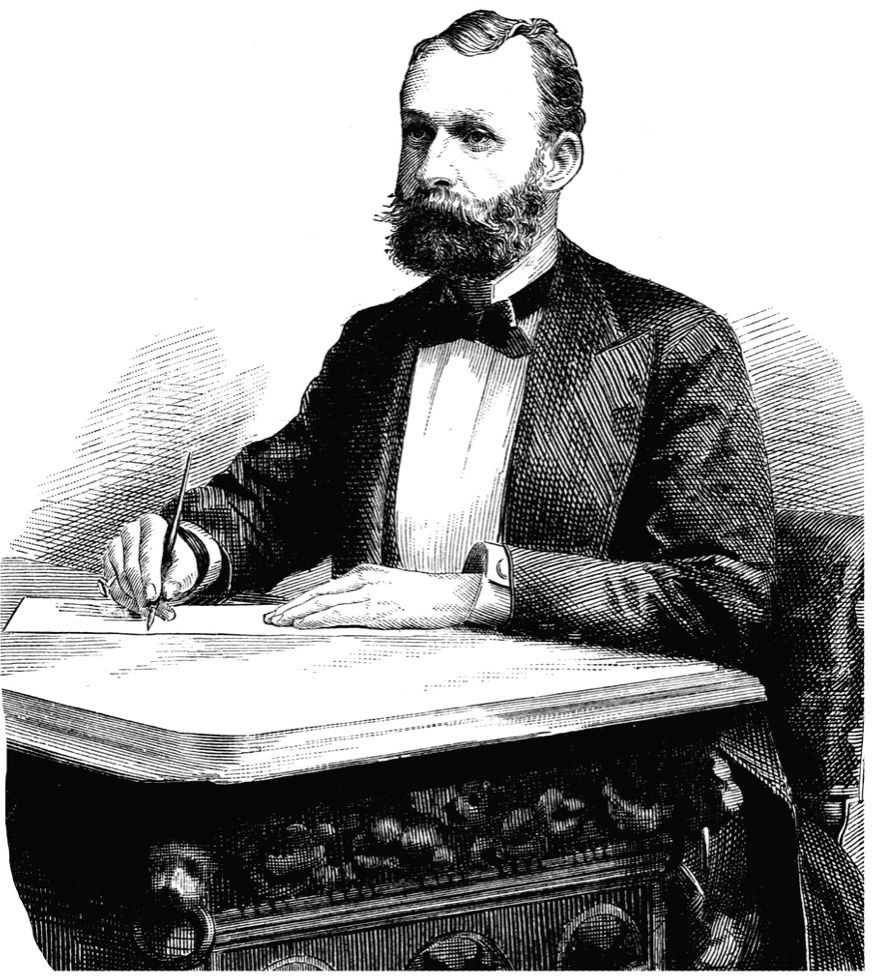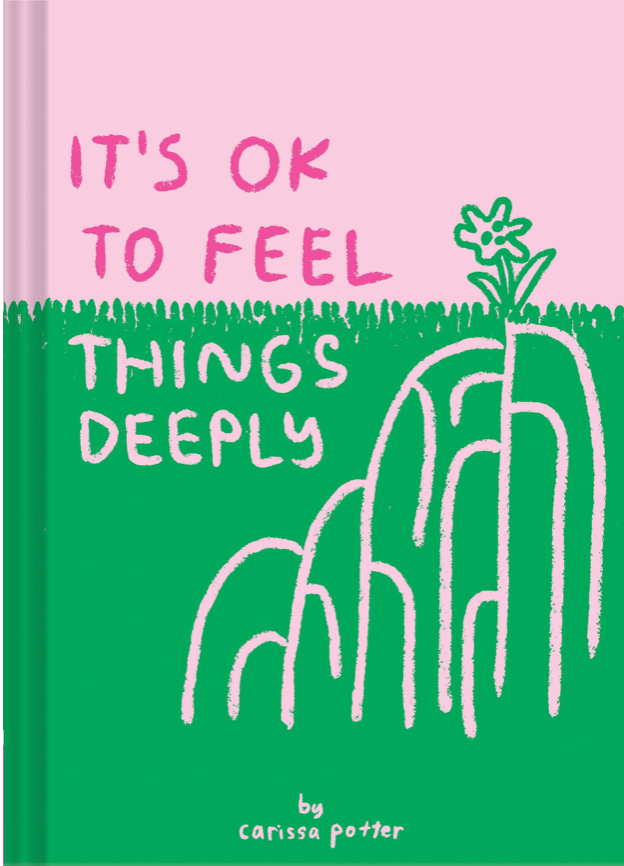The third or fourth time he spoke to me, my husband laughed aloud at the mild exasperation that must have shown in my eyes. “You really want to read that book you’ve read a hundred times, don’t you?” I had Harry Potter and the Prisoner of Azkaban open across my lap, and his conversation, albeit welcome, was interrupting the flow of the story. He laughed again, knowing the answer before I gave it to him, and he let me go back to my reading.
All my life I have been a re-reader. My worn old Little House on the Prairie series sits directly below my equally battered Chronicles of Narnia on one of the living-room shelves. I remember reading Dodie Smith’s 101 Dalmatians again and again, consecutively; from there I progressed to Where the Red Fern Grows by Wilson Rawls and then Johanna Spyri’s Heidi, and those books were the primary objects of my sixth-grade study hall periods. Nowadays, other material has formed similar rotations: Jane Austen’s novels and Charlotte Brontë’s Jane Eyre, the works of J.K. Rowling, Orson Scott Card, C.S. Lewis, G.K. Chesterton, and others.
In case it isn’t obvious, I’m not just talking about the occasional re-perusal. I’m talking about five cover-to-cover trips through Rowling’s 759-page Harry Potter and the Deathly Hallows within fourteen months of its publication, two trips through Card’s Speaker for the Dead in one month, Pride and Prejudice at least once a year. And whole reads are only half the fun; I’ve spent weeks going over the same few chapters of Austen’s Emma, dwelt in various sections of Elizabeth Goudge’s Little White Horse, and even for the superordinate class to which belong Harry Potter, Pride and Prejudice, That Hideous Strength, etc., partial re-reads are more common than cover-to-cover.
It’s a very idiosyncratic thing, this compulsion to revisit a story so often in close succession. It isn’t systematic, it’s the impelling of magnetic force – a desire, almost a need, to imprint the very words into my mind, absorbing their content into heart and being. And it seems inconsistent. I love and admire both Austen and Dickens, but Jane gets many more re-reads than Charles. It might be comprehensible to most that Spyri’s Heidi would still draw me back occasionally after all these years, but then, so does everybody’s favorite book to hate: Pollyanna, by Eleanor H. Porter.
And it’s hard to isolate a cause. Part of it comes from being a writer myself; getting saturated with an author’s flow of thought and word is crucial in training myself to write well and in shaping my own style. Another part comes from the fact that many stories, especially suspenseful ones or ones utilizing older or different forms of English, are much better the second time around. Almost all good stories improve with multiple readings, anyway.
Yet another part draws from the power of certain stories to speak to me at certain times. Despite (or perhaps because of) J.K. Rowling’s admitted struggles with doubt, her stories spoke into my struggle with agnosticism and belief, and separated light from darkness, good from evil in my mind. As clichéd as it might sound, they helped me find courage to trust in the power of self-sacrificial love over death.
Austen’s Emma – and Emma’s Mr. Knightley – give me real delight through reinforcing my appreciation of being loved and chosen by a man of character. My husband is not unlike Mr. Knightley. I never fully understood why Emma loved Mr. Knightley instead of Frank Churchill until I met my husband, and at the end of the book, her joy is mine.
My favorite stories will show me compassion without leading me to despair, foster belief through imagination, and even when I disagree with an idea, give me something real to think about.
A good book is a transformational experience. A bad book may be too, which is why it is important both to read good material and to be a good reader. Reading can satisfy the soul with truth. But truths, especially important ones, are easy to forget, so I rarely resist the urge to re-read.
I do look for new material, now and again. A trip to a library or bookstore carries a sense of perilous adventure – I never know exactly where an unread book will take me. When luck hits, I will probably travel through the new book at least twice before looking elsewhere. A book like that almost always becomes part of the rotation.
But whatever the thrills or disappointments of a new book, the regulars continually reach out from the grand old shelves, ready to bring me back to the known that never seems to grow too familiar. I hear their rustlings now, even with a bookmark in Dante and one each in two non-fiction works. Austen’s Persuasion wants a turn, and even Pride and Prejudice thinks itself about due. Lewis’s Out of the Silent Planet wants to remind me of its alchemical backstory to Perelandra and That Hideous Strength. Dickens’ Christmas Carol keeps hinting about the time of year, and Shannon Hale’s Princess Academy vies with Harry Potter and the Order of the Phoenix for attention.
One at a time, I have to say; but they’ll probably all get their chance. I don’t see re-reading as obsession or time-wasting. It’s restful, therapeutic, exhortative, inspiring, encouraging, anything but a loss. And I’ve learned that I’m not alone: re-reading appears to be at least somewhat commonplace among the writing sort. Lewis and Rowling have both admitted to it. If it helps me write half as well as either of them, someday, re-reading will have been one of my greatest investments.




